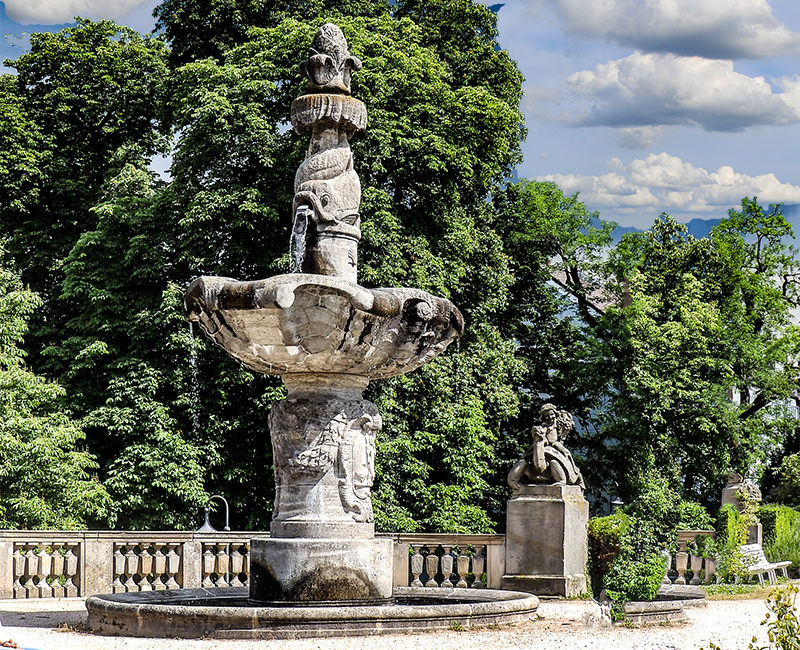

Bad Dürkheim
City Tours
Production :  © coming soon
© coming soon


Production :  © coming soon
© coming soon
Those who do not know Bad Dürkheim or the region around the town will be put to the test: Does a visit - shorter or longer - make sense or can you safely "leave this place alone"? The website of the city helps a little for this fundamental decision ... as long as one is healthy and not allowed to come here for a cure.

The Bad Dürkheim Gradierbau - often just called Gradierbau or Saline - is part of the spa facilities of Bad Dürkheim and a landmark of the Palatine spa town. It was destroyed twice by arson.
Inside the 330-meter-long and up to 18-meter-high Bad Dürkheim facility, around 250,000 bundles of brushwood are layered to form walls; salt water from a medicinal spring trickles over these brushwood walls, of which up to 25 cubic meters evaporate on hot days. The salty droplets are said to have a positive effect on the lungs and bronchial tubes; in addition, the evaporation cools the surrounding air.
The largest wine barrel in the world, with a capacity of 1.7 million liters, was built in 1934 by Fritz Keller, a master cooper from Bad Dürkheim, and celebrated its 75th anniversary in 2009. However, this giant barrel has never been filled with wine; inside it is a wine and food restaurant.
Hardenburg Castle is one of the largest and most impressive ruins in the country. Founded in 1205, the former castle of the Counts of Leiningen measures 180 by 90 meters in its current form. The west bulwark, built around 1550, is impressive. With its 6.80 meter thick walls, it determines a significant part of the appearance of the complex, which was expanded into a fortified castle in the 16th century. The Hardenburg was destroyed by French troops in 1794 by blasting and pillaging and was subsequently used as a quarry. Even today, the remaining remains of the residential buildings and the mighty fortifications, as well as the vaults, corridors and courtyards, are particularly impressive. In September, a medieval market opens its doors in the ruins. An insider tip is the rare, atmospheric musical events that take place here.
Anyone heading out of Bad Dürkheim is surprised by the all-surpassing ruins of the former Benedictine abbey. This is where the dates of the Sundays of Advent as we know them were set and where the insignia of the Holy Roman Empire of the German Nation were kept. A truly important place of European history.
Driving along the German Wineroad, you reach Kallstadt, home of the «Saumagen». A red roof shines out of the green hills of vines at the northwestern end of the Ungstein district. A little higher and further to the right, an antique-looking building catches the eye. Hidden under the red roof is an almost 2000-year-old winepress, the Roman winery «Weilberg». The origins of today's sausage market lie in the medieval pilgrimages to St. Michael's Hill with its pilgrimage chapel, which has existed since the middle of the 12th century. The pilgrimages were always held on September 29, the name day of St. Michael. The pilgrims wanted to obtain forgiveness for their sins by buying indulgences. As early as 1155, the "Monte sancti Michaelis" is mentioned in documents.
The large number of people attracted more and more farmers and winegrowers, who transported their goods with wheelbarrows to the Michaelsberg and offered mainly wine, sausage and bread. The old St. Michael's Chapel was torn down as early as 1601, but since 1990 the Michelsberg has again been adorned by a new chapel, built from donations from Dürkheim citizens, which is intended to commemorate the origins of the sausage market. And there are quite a few other beautiful spots to be found here.